You’ve seen them at the gym. Your friends are booking sessions at recovery studios. And you can’t even scroll social media without someone talking about the benefits. Infrared saunas seem to be everywhere.
It might feel like the latest wellness craze, but infrared saunas aren’t new. The first models appeared in Japan in the 1960s. What is new is their mainstream popularity: according to a Yelp lifestyle report, interest in infrared sauna therapy jumped more than 40% in just a year.
Fans say these saunas help boost energy, support recovery after tough workouts, and even improve skin health. But maybe you’re not quick to jump on another self-care trend. You’d rather know how an infrared sauna actually works, and whether it makes sense for you.

What is an infrared sauna?
Traditional saunas use either a wood stove or an electric heater to warm the air to around 185 degrees. Your body heats up as the air around you gets hotter. While this method works, the intensity can feel overwhelming or uncomfortable for many people.
An infrared sauna skips the super-heated air and instead uses infrared light waves to warm your body directly. The cabin usually stays between 120 and 140 degrees, which is often more comfortable for users. Still, your body still produces a deep, cleansing sweat.
But here’s where things get interesting: not all infrared heat is the same.
The infrared spectrum explained
Infrared light is invisible to the eye, but you feel it as heat. On the spectrum, it falls just beyond visible red light, and in a sauna setting, those light waves reach the body at different depths depending on their wavelength. That’s what makes infrared unique; each type of infrared interacts with your body in its own way.
Near infrared has the shortest wavelength. It’s absorbed mostly at the surface of the skin, where it supports circulation close to the surface, promotes skin health, and may even assist with cellular repair.
Mid infrared reaches a bit deeper, penetrating soft tissues and muscles. This gentle, targeted heat can ease stiffness, reduce pain, and support recovery after physical activity.
Far infrared travels the deepest. It raises your core body temperature from within, stimulating a healthy sweat, improving circulation, and promoting deep relaxation.
When these wavelengths are combined in a full-spectrum sauna, they create a layered effect: surface-level support, muscular relief, and deep-tissue heat working together. It’s this combination that makes a session feel both restorative and energizing.
Why full-spectrum infrared matters
Many entry-level saunas focus only on far infrared. While this delivers an effective sweat, it misses the complementary benefits of near and mid wavelengths. A full-spectrum infrared system combines all three for a more complete sauna experience.
Sweaty GOAT Saunas use a hybrid system and thoughtfully placed heathers to deliver a 360-sauna experience. The balance of surface-level support, muscle relief, and deep-tissue heat multiplies the impact, creating a sauna experience that’s as restorative as it is energizing.

Health benefits of infrared saunas
Research into infrared sauna therapy is still growing, but evidence suggests several ways it can support health and well-being.
Stress relief and relaxation
One of the most immediate effects of sitting in an infrared sauna is the calming sensation that comes as your muscles loosen and your body begins to sweat. Unlike the sometimes stifling heat of traditional saunas, infrared warmth feels gentler, making it easier to settle in and relax.
Pain and stiffness relief
Studies have shown that the penetrating warmth of mid- and far-infrared heat can help reduce pain and stiffness, particularly for people with conditions like arthritis or chronic muscle soreness. By improving blood flow and easing tension in soft tissue, an infrared sauna session may support more comfortable movement.
Cardiovascular support
Even though you’re sitting still, your body is working. As your core temperature rises, your heart rate increases and blood vessels dilate — a process similar to moderate exercise. Some research suggests this response can help improve circulation and support healthy blood pressure over time.
Recovery and energy
Athletes often turn to infrared saunas as a recovery tool. The heat helps muscles relax after a tough workout and can ease fatigue. For those who aren’t training for an event, the same increase in circulation can leave you feeling refreshed and energized after exercising.
Comfort for those sensitive to high heat
Traditional saunas reach 185 degrees or higher, which can be uncomfortable or even unsafe for some people. Infrared saunas operate at a lower air temperature, usually between 120 and 140 degrees, but still encourage a vigorous sweat. This makes them a more accessible option for those with conditions that limit their tolerance for extreme heat.

Frequently asked questions about infrared saunas
Are infrared saunas safe?
Yes, for most healthy adults. However, you should check with your doctor if you have heart conditions, uncontrolled high blood pressure, or are pregnant.
Do infrared saunas detox your body?
Sweating supports your body’s natural detox process, but the liver and kidneys do the heavy lifting. Infrared saunas encourage sweat and circulation, which can complement these natural systems.
How often should you use an infrared sauna?
For those new to heat therapy, a great way to use a sauna is to incorporate two to three 20-minute sessions. Over time, as your body adapts, you can create your own sauna routine. Some like a few sessions a week, while others find daily use beneficial. Staying hydrated and listening to your body are the best guides.
Can I use an infrared sauna every day?
Yes. Many people who have an infrared sauna at home enjoy daily sessions. Starting slowly and building up frequency is recommended.
What should I wear in an infrared sauna?
Light clothing or a towel is best. Breathable fabrics allow the infrared heat to penetrate more effectively.
What’s the difference between near, mid, and far infrared?
Near infrared supports surface-level circulation and skin health. Mid infrared targets muscles and joints. Far infrared penetrates deepest, raising core body temperature and driving sweat. A full-spectrum sauna combines all three for a more balanced experience.
How does an infrared sauna compare to a traditional sauna?
Both types of sauna make you sweat. However, they get you there differently. Traditional saunas heat the air first, which then heats your body. Infrared saunas warm you directly with light energy, allowing for a lower ambient temperature.
For many, this difference makes infrared saunas more approachable, especially if high heat feels overwhelming. And because infrared penetrates deeper, users often report a more satisfying sweat despite the gentler air temperature.

Incorporating infrared sauna into your routine
Infrared saunas work by using light waves to warm your body directly, not the air around you. Different wavelengths — near, mid, and far infrared — target different layers of the body, making a full-spectrum sauna session both comfortable and comprehensive.
If you’ve been curious about trying one, Sweaty GOAT Saunas make it easy to bring this innovative technology into your daily routine, with full-spectrum infrared systems designed for comfort, recovery, and long-term wellness.



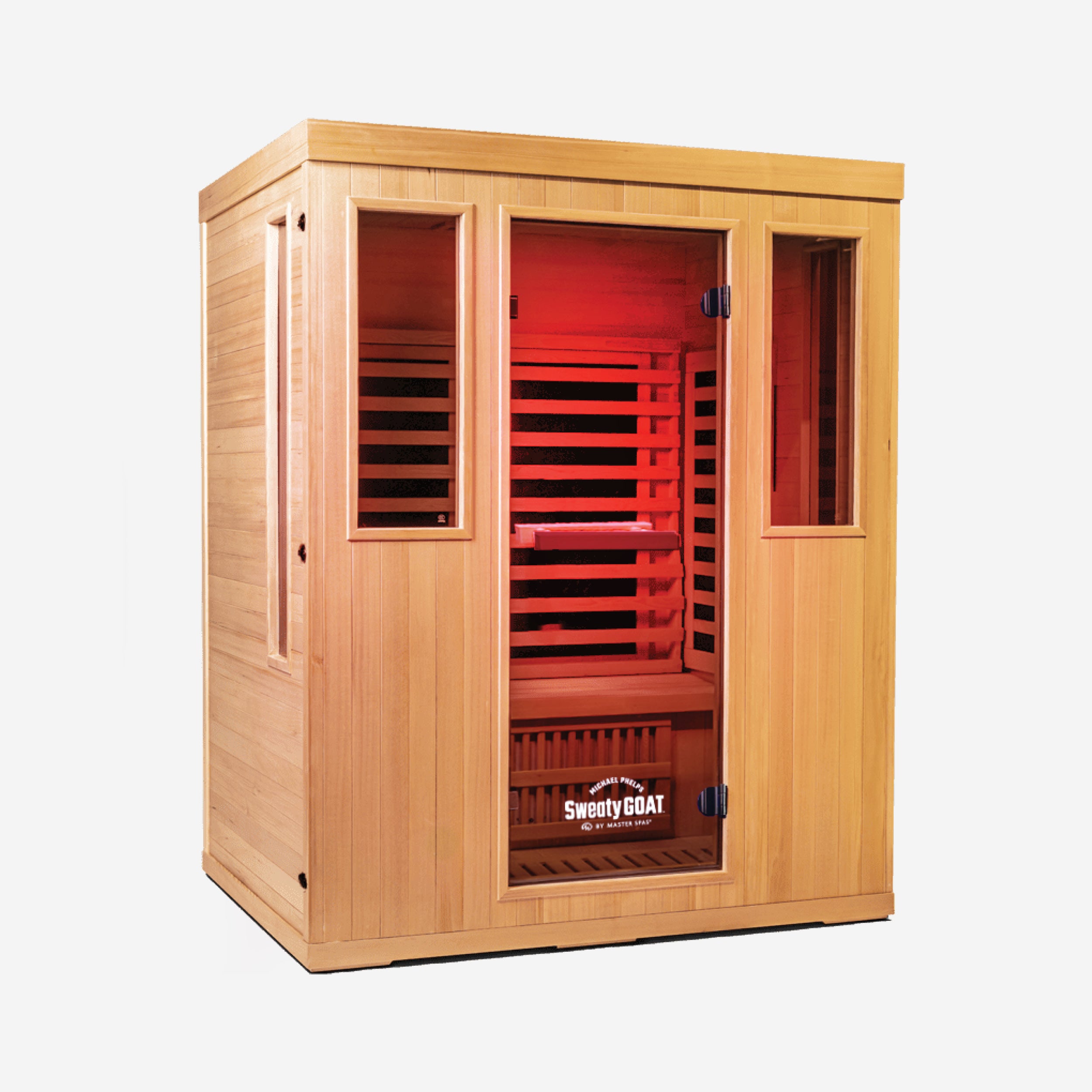
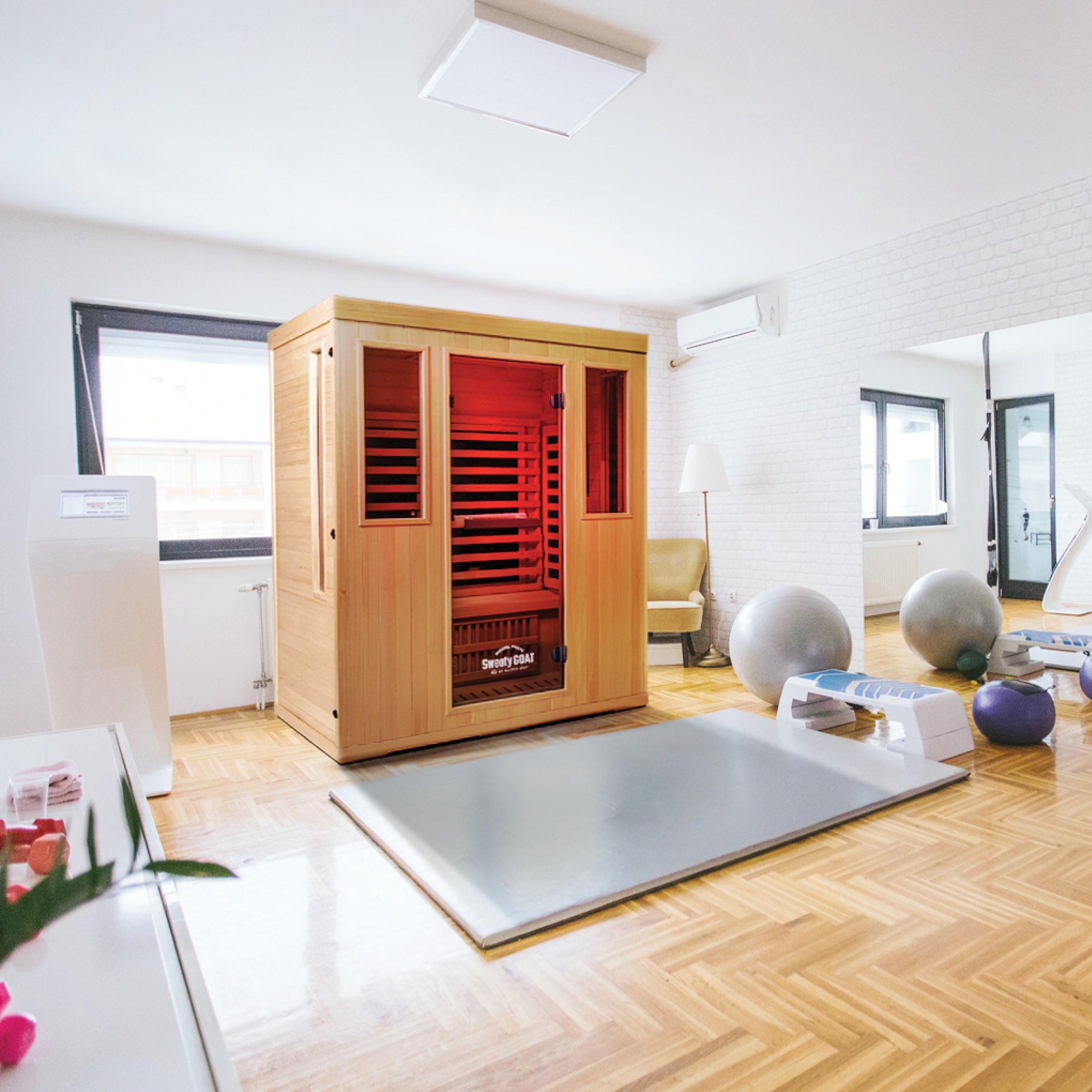
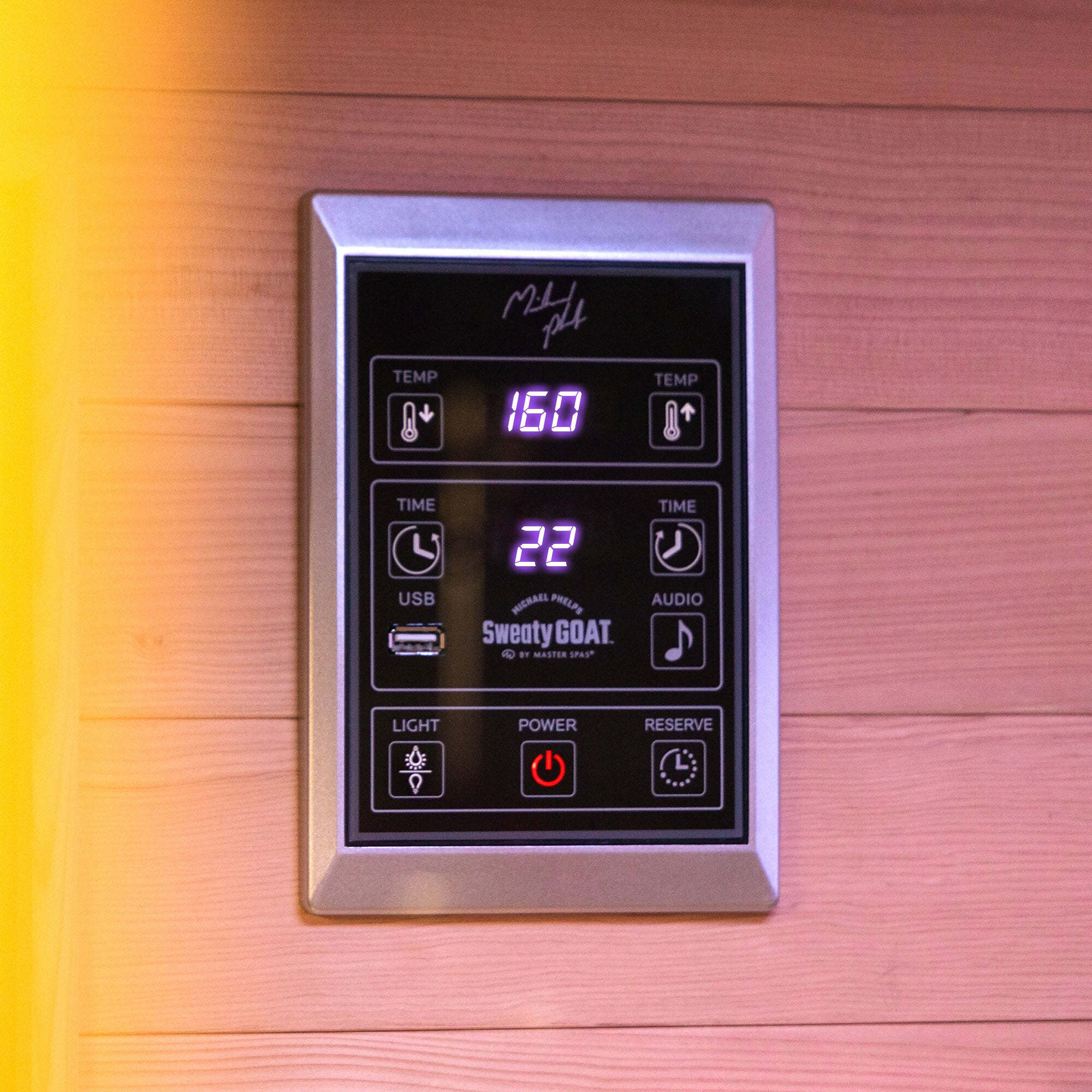

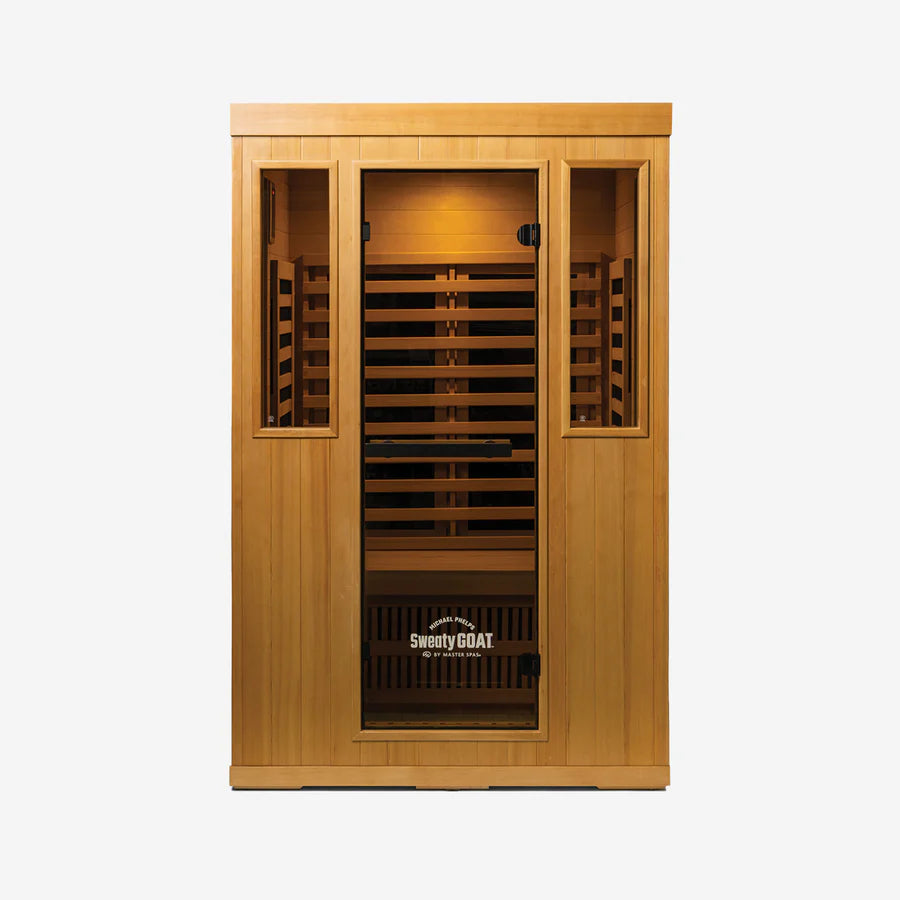
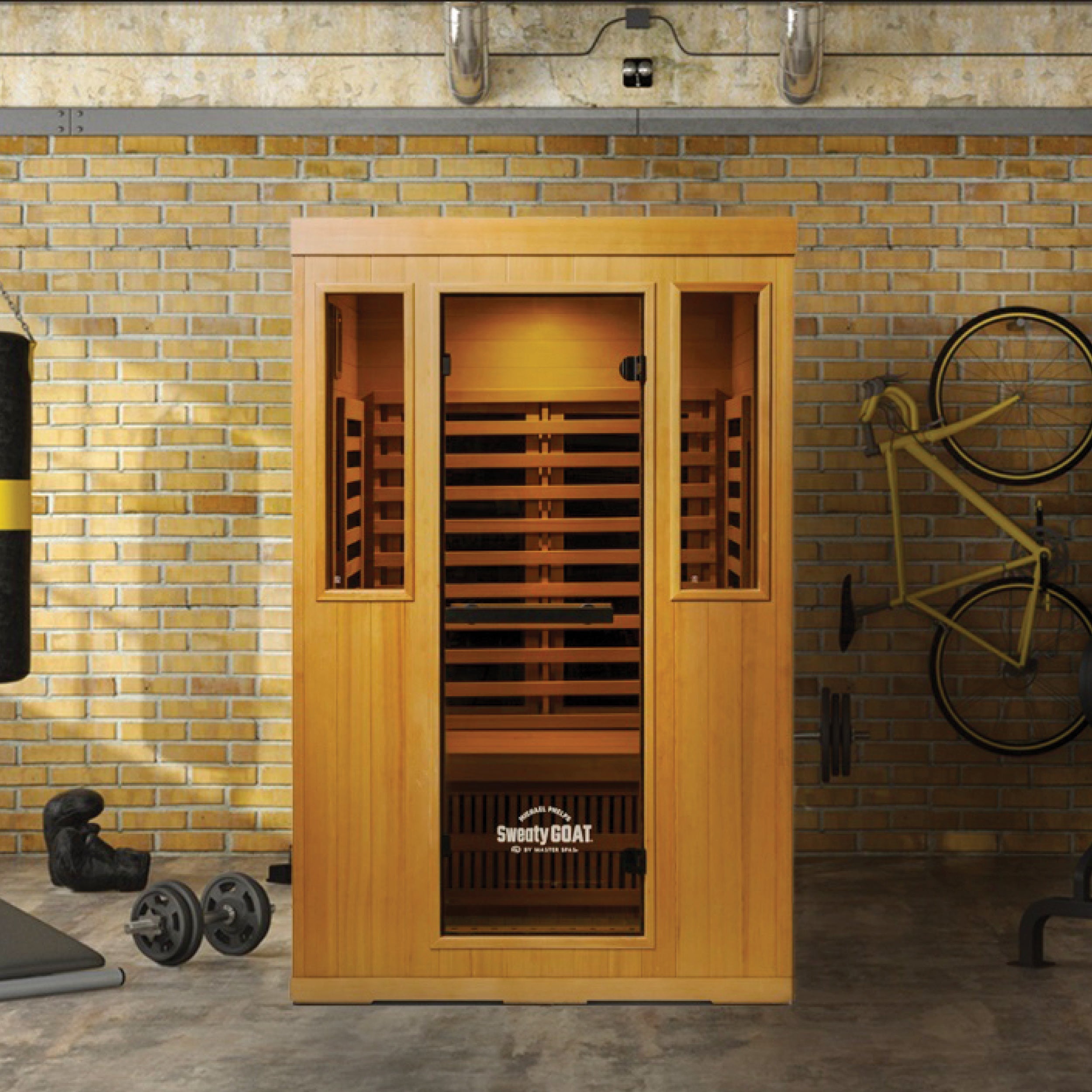
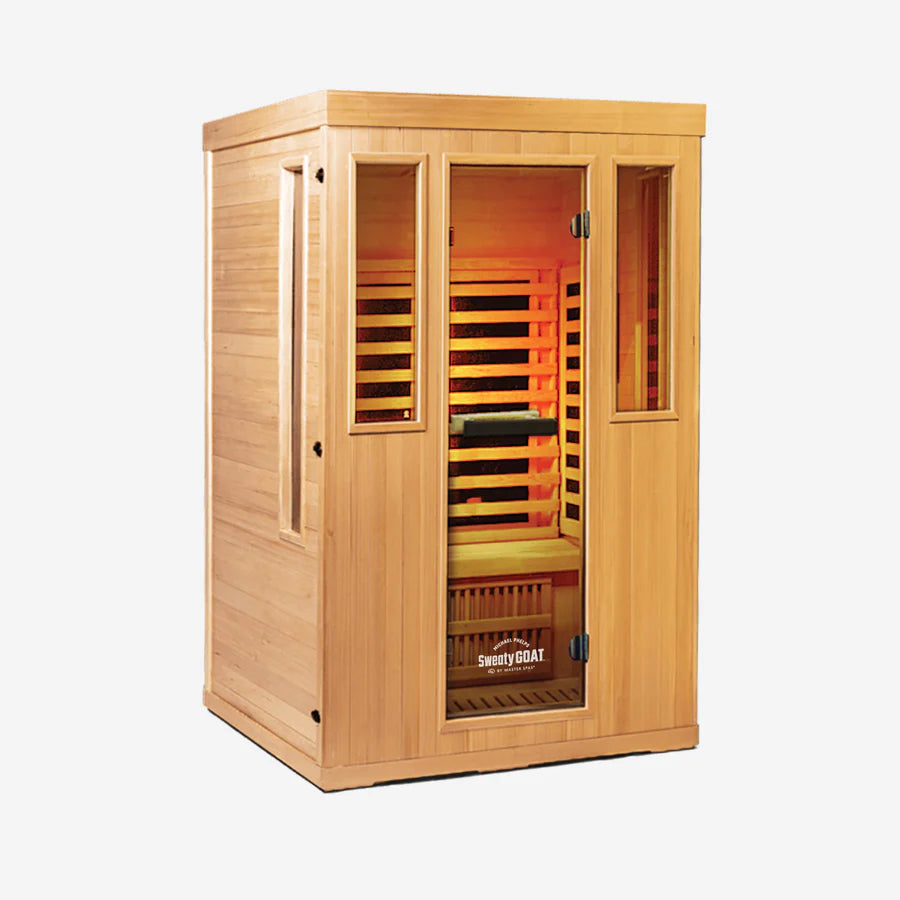
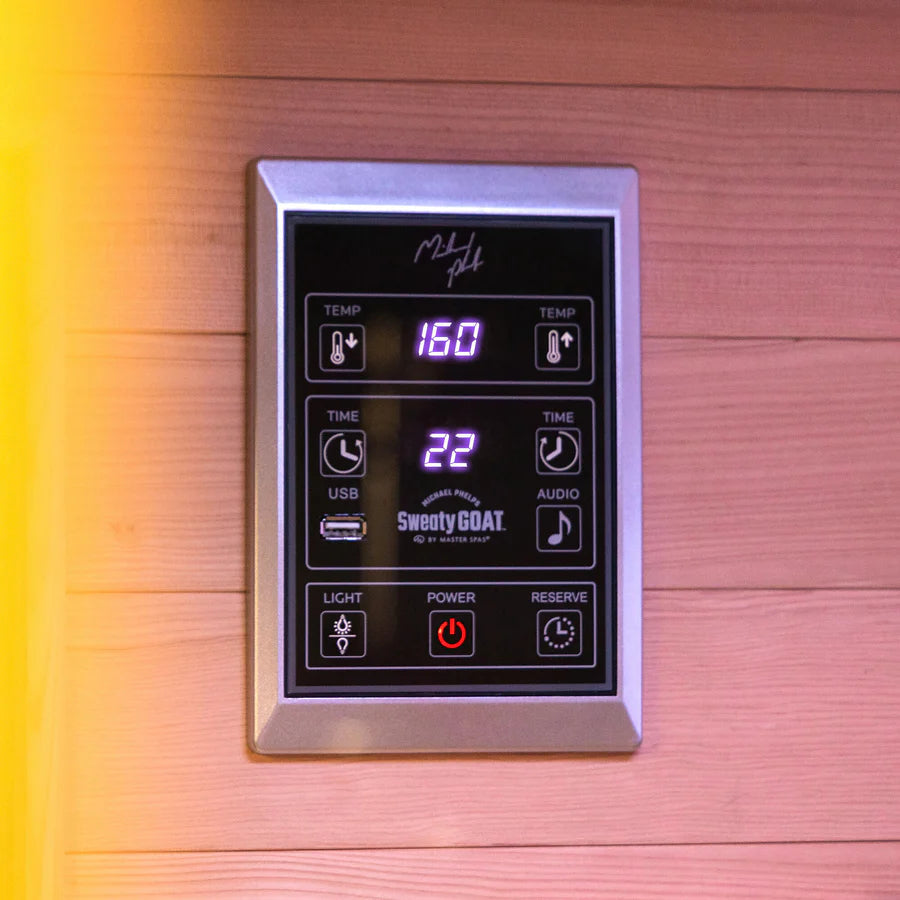
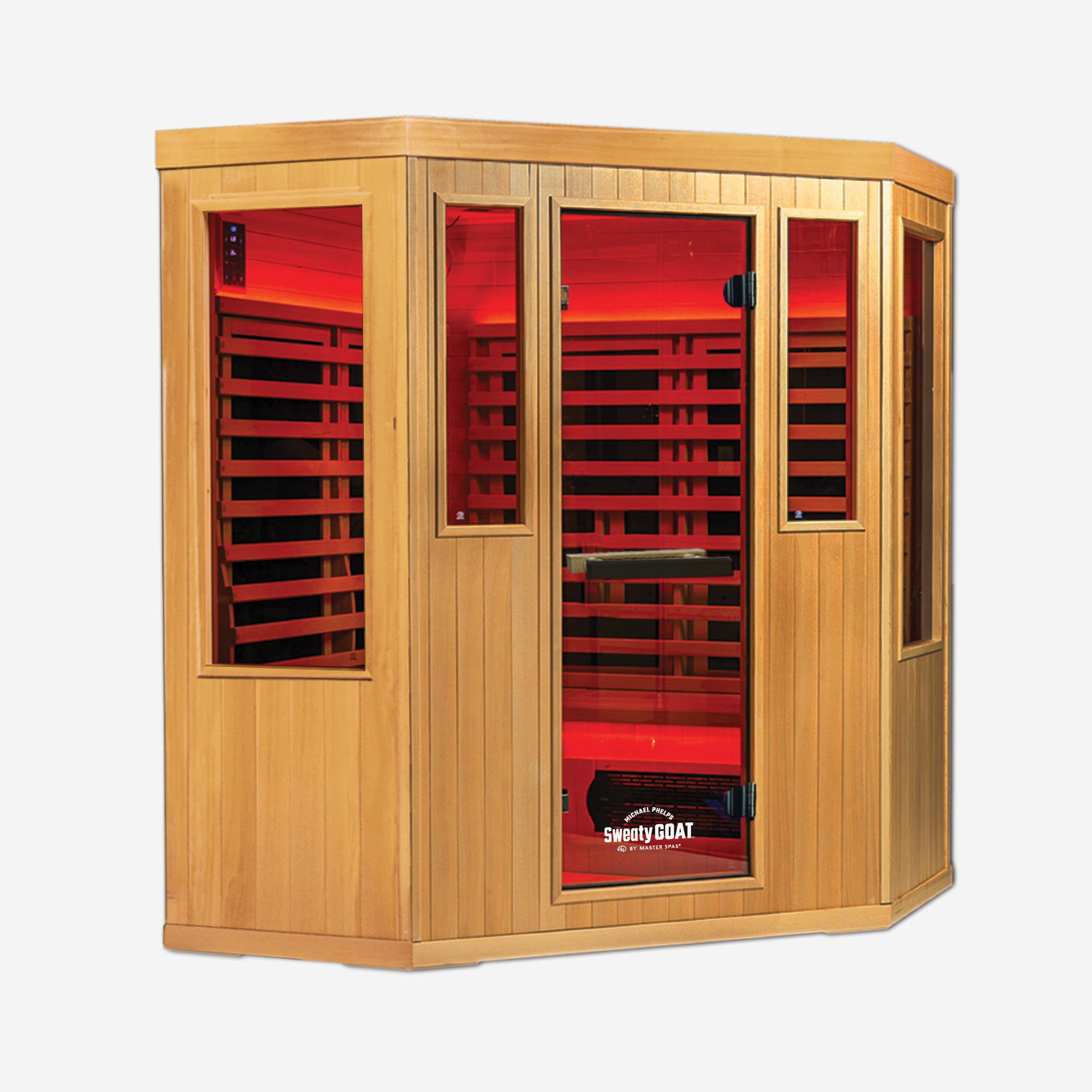
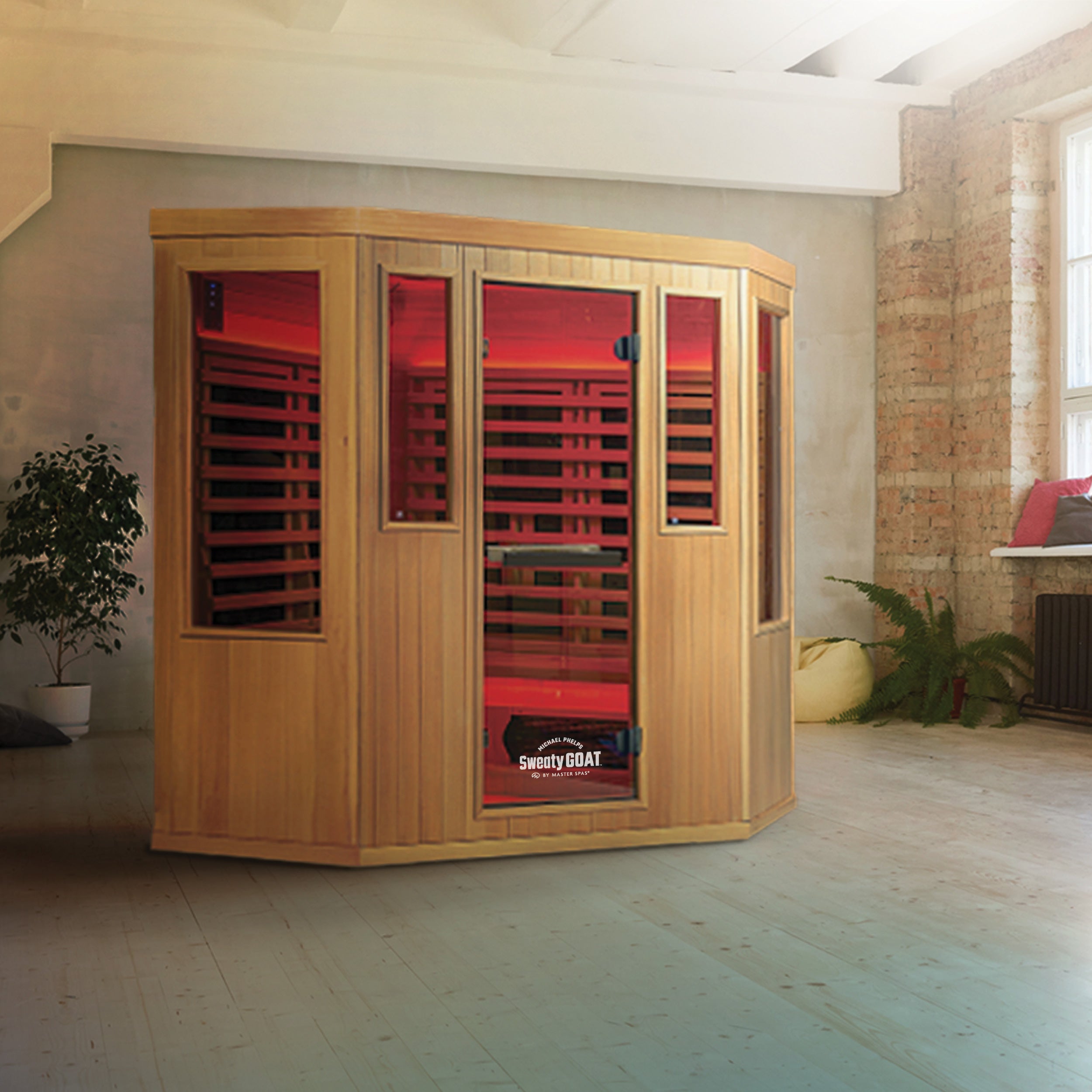
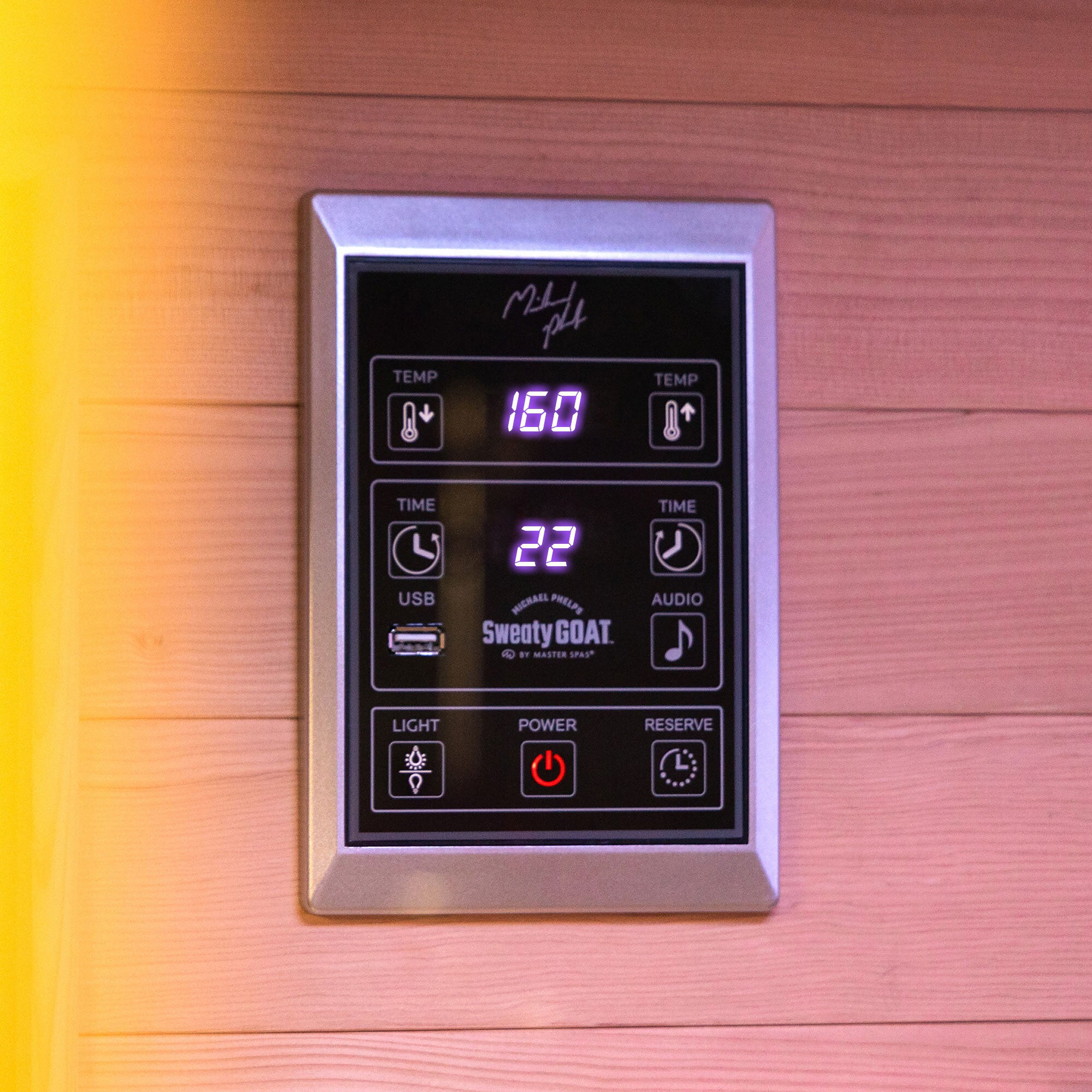

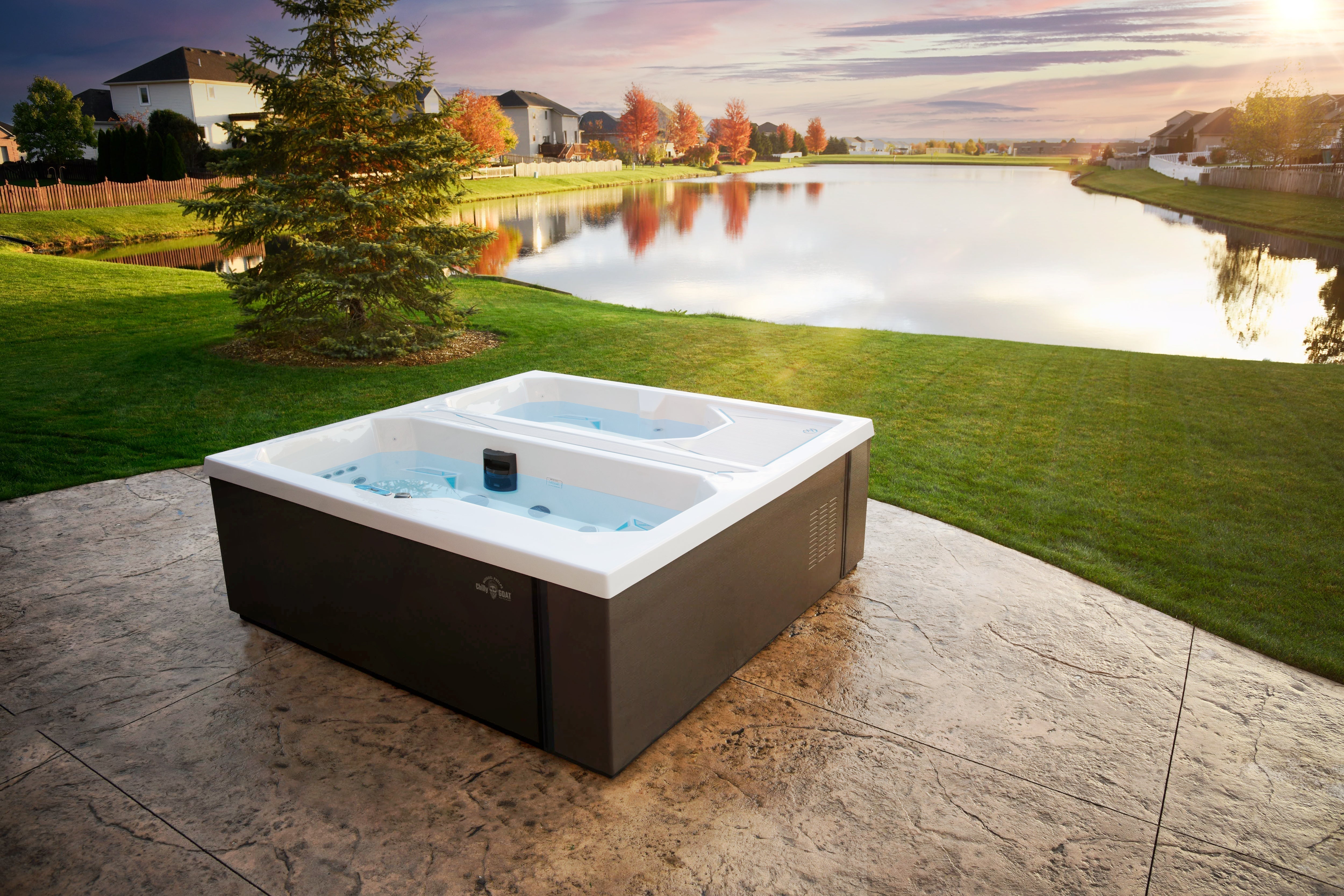
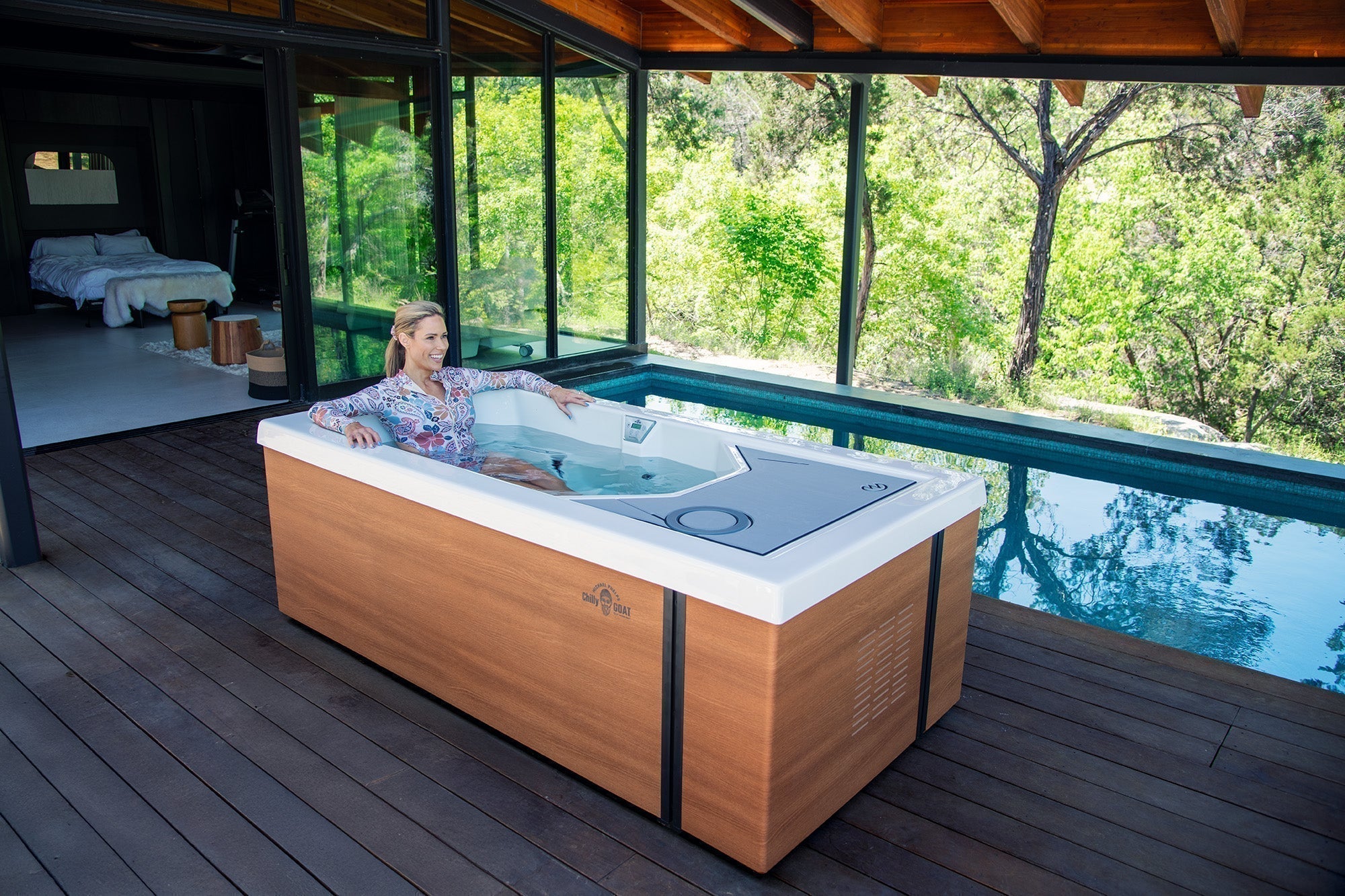
Inside Rooks Performance: How training and recovery fuel excellence
Behind the chill: How Master Spas continues to evolve cold therapy